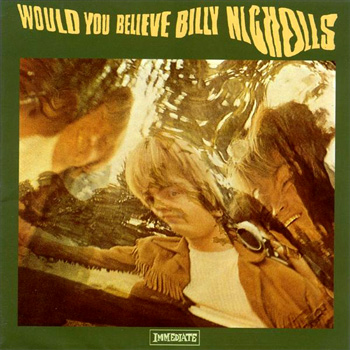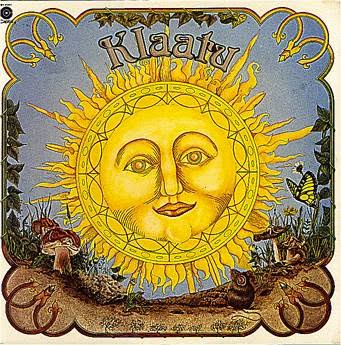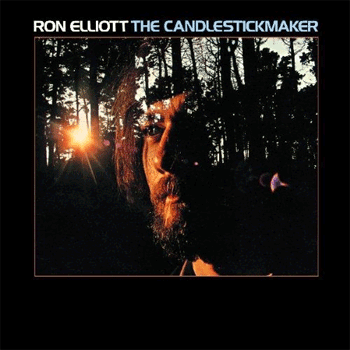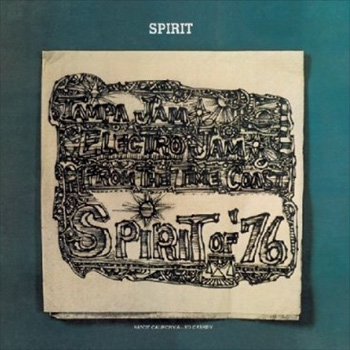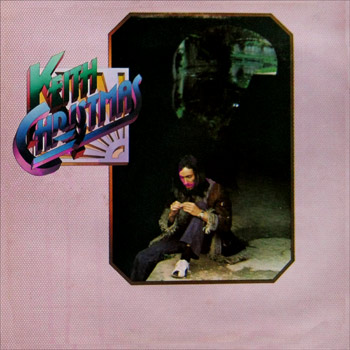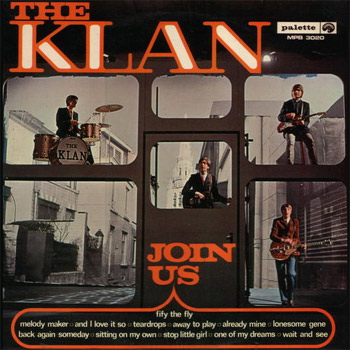Taos “Taos”
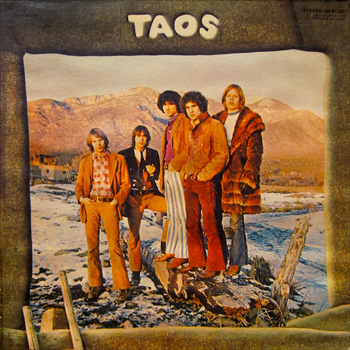
Here’s an unusual jewel, released on Mercury Records in 1971. The band Taos was actually a quintet pieced together by a group of young men who had moved to the legendary Taos commune in the early 1970s, namely: Jeff Baker on guitar and vocals, Steve Oppenheim on keyboards and vocals, Albie Ciappa on drums, Burt Levine on guitar and banjo, and Kit Bedford on bass, with the occasional intermixing of instruments going on in between cuts. If the band’s commune connection leads you into expecting some sort of stoned, improvisational musical meanderings, however, you’re in for a surprise: their sole, self-titled record is pop music all the way.
Indeed, the band itself is surprisingly together, tempering mildly eccentric diversions into psychedelia and country music with a solid foundation in 1960s rock and roll. If there’s one band to which Taos owes its biggest debt, I’d say it would have to be The Beatles. Kit Bedford’s warm, melodic bass work channels Paul McCartney all the way, while the group’s vocal harmonies show a tendency to lean more towards the ragged schoolboy charm of the Four than the choirboy constructions of American groups such as the Byrds, or the Mamas and Papas. This influence is not to say that Taos lacks an identity of its own, however. On the contrary, they manage to take this influence in surprising directions, whether it’s the lonesome cosmic cowboy pastiche After So Long or the phased psychedelic boogie of Twenty Thousand Miles In the Air Again.
Despite the general cohesiveness of the album, however, there are the occasional faults, such as the unnecessary, repeating theme The Day Begins, which should have simply been turned into a full-fledged song rather than left as fragmentary interruptions in the tracklist. Every now and again the musicians also reveal a slight weakness in the vocal department, as the slightly squirrely lead on Morning Sun illustrates. Lastly, the song lyrics aren’t really worth shedding too much ink over – there’s certainly no metaphysical contemplation or social commentary going on here, whatever other Sixties sensibilities the record may boast. These latter complaints border on quibbling, though, because the music here is almost too much fun to criticize. Again, this is pop music, and should be enjoyed for what it is. I think that Taos is certainly consistent enough that, if you’re digging the tracks below, you’re gonna like what you hear the rest of the way through.
Unfortunately, Taos is currently unavailable digitally. Yeah, there had to be a bum note at the end of all this. It looks as if you all are going to have to search this one out on vinyl, though at the time of writing this article it looks as though there are at least a few copies haunting eBay for around ten or fifteen dollars apiece, which certainly ain’t bad. And speaking of the vinyl, this record comes adorned in a really great gatefold sleeve, with pictures of the band rehearsing and bumming around Taos. I’m almost tempted to imagine the psychedelic, southwestern Hard Day’s Night bouncing around in these kids’ heads.
“After So Long (So Long)”
![]() Original | 1970 | Mercury | search ebay ]
Original | 1970 | Mercury | search ebay ]
